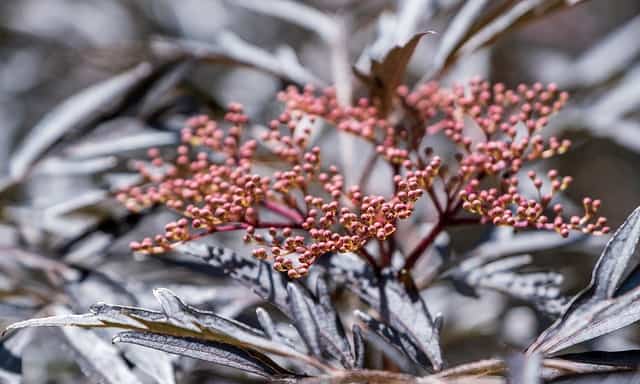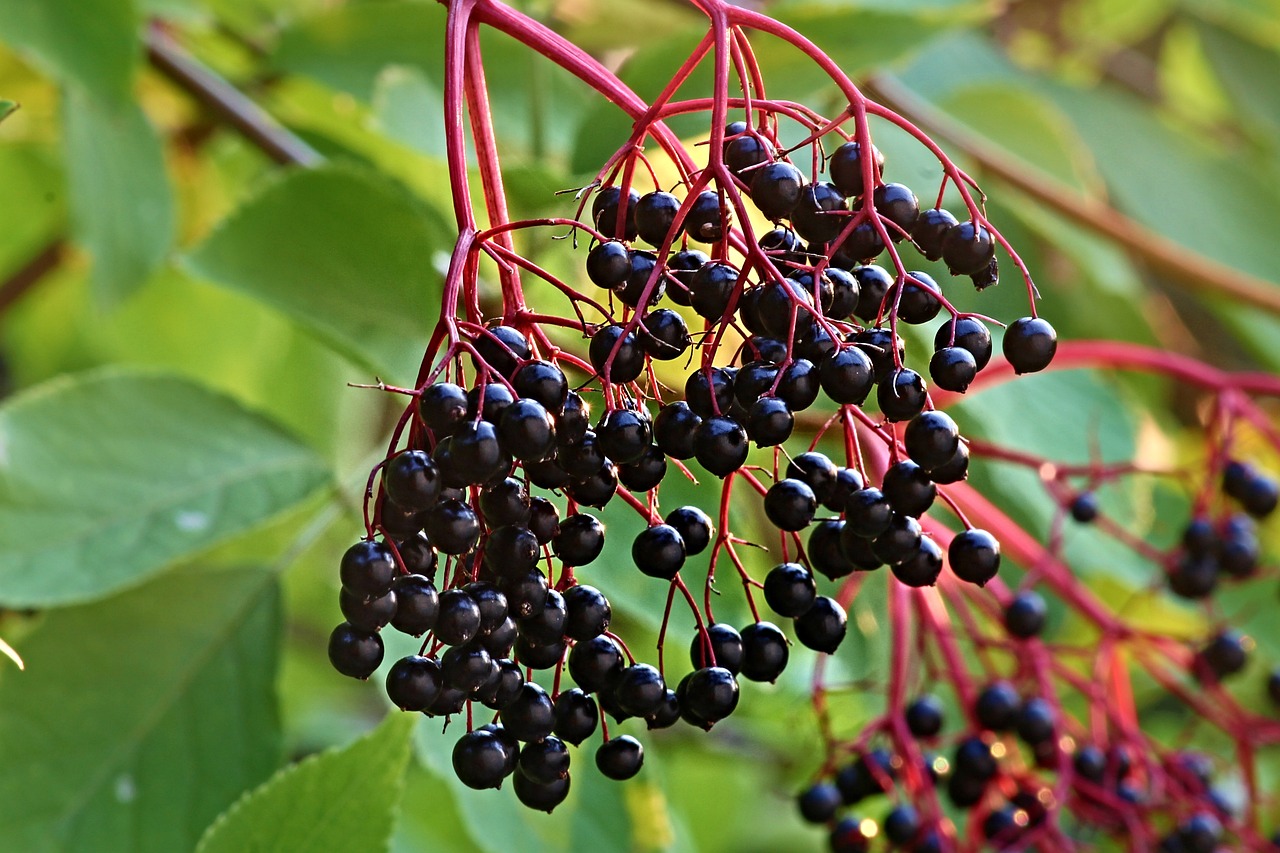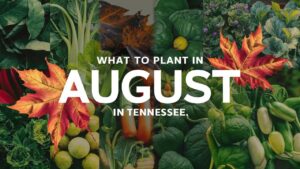If you’re looking for a rewarding adventure in foraging, harvesting elderberries is a fantastic choice. These small, dark purple berries are not only delicious and versatile but also packed with nutrients and health benefits. In this guide, we’ll cover everything you need to know about harvesting, processing, and using elderberries.
Understanding Elderberries

Elderberries come from the European elder tree (Sambucus nigra) and the American elder (Sambucus canadensis). Both varieties produce clusters of small, dark berries that are typically ready for harvest in late summer to early fall. Before you head out to gather these gems, it’s essential to familiarize yourself with the plant and its berries.
Identifying Elderberry Plants
Elderberries grow on shrubs that can reach up to 12 feet tall. Look for:
Leaves: Compound leaves with 5-7 leaflets that are serrated along the edges.
Flowers: Small white or cream-colored flowers that bloom in large, flat-topped clusters. These can also be harvested for elderflower recipes.
Berries: Dark purple to black berries clustered in groups. They should be plump and vibrantly colored when ready to harvest.
It’s crucial to correctly identify elderberries, as other plants can be misleading. Always ensure you are picking from a reliable species and avoid any shiny red berries, which belong to the toxic varieties.
When to Harvest
The ideal time to harvest elderberries is from late summer through early fall, generally between August and September, depending on your location. Look for the berries when they are fully ripe, which is indicated by a deep purple or black color. They should be plump and easily separated from the stem.
The Harvesting Process
When harvesting elderberries, follow these steps to ensure you do so safely and effectively:
Gather Supplies: Bring along sturdy gloves, scissors or pruning shears, a bucket or basket for collecting berries, and a guide to confirm your identification.
Choose an Area: Identify a location with a healthy elderberry patch. Ensure it’s away from heavy traffic and pollution to avoid contamination.
Cut Clusters: Instead of picking each berry individually, it’s more efficient to cut entire clusters. Use your scissors or shears to snip the stems close to the main branch, taking only what you need.
Handle with Care: Elderberries bruise easily. Place your collected clusters gently in your container to avoid damage.
Limit Harvesting: Only gather what you need and leave some berries for wildlife and the sustainability of the plant.
Processing Elderberries
After you’ve harvested your elderberries, it’s time to process them to enjoy their benefits.
Cleaning
Rinse Carefully: Gently wash the berries under cool running water to remove dirt and insects.
Remove Stems: Elderberries grow in large clusters. Once clean, carefully separate the berries from the stems. You can do this by using a fork or your fingers.
Storage Options
Fresh: Store fresh elderberries in the refrigerator for a few days. They are best used quickly.
Frozen: For longer storage, spread the cleaned berries on a baking sheet. Freeze them for a couple of hours before transferring them to airtight containers or freezer bags. Frozen elderberries can last up to a year.
Dried: You can also dehydrate elderberries for a longer shelf-life, but ensure they are thoroughly dried to prevent mold.
Uses for Elderberries
Elderberries are incredibly versatile and can be used in a variety of recipes. Here are some popular options:
Elderberry Syrup: A popular health tonic for boosting immunity. Combine elderberries with water, ginger, and honey to create a soothing syrup.
Jams and Jellies: Cook elderberries with sugar and pectin for delicious spreads.
Baked Goods: Add elderberries to muffins, pies, or breads for a unique flavor.
Beverages: Elderberry wine or cordial offers a delightful drink option, while elderflower cordial is refreshing too.
Important Note: Safety First
Though elderberries are delicious, it’s crucial to remember that raw elderberries, as well as other parts of the plant (like leaves and seeds), contain cyanogenic glycosides, which can be toxic if consumed in large quantities. Always cook elderberries before consuming them to neutralize harmful substances.
Conclusion
Harvesting elderberries can be a rewarding experience, allowing you to connect with nature while enjoying the fruits of your labor. By following safe harvesting and processing practices, you can create a plethora of recipes that highlight the vibrant flavor of these nutritious berries. Whether you’re making syrup, jams, or simply enjoying them fresh, elderberries are a delightful addition to your culinary repertoire.





